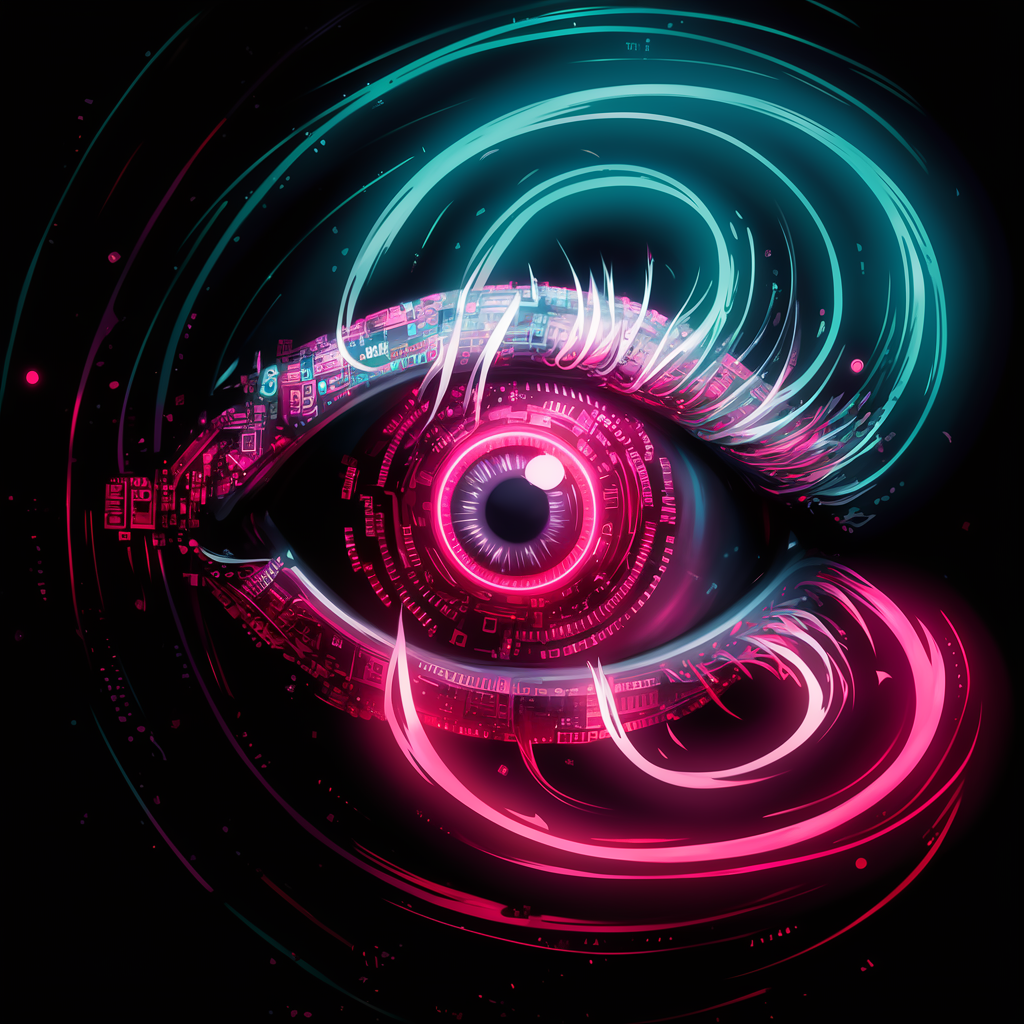Generating image descriptions with large language models (LLMs) involves training these models on vast amounts of data, including images and their corresponding textual descriptions. Through this training process, the LLMs learn to recognize patterns, shapes, objects, and contextual relationships within images, enabling them to generate descriptions in natural language.
When you provide an LLM with an image, it analyzes the visual information using its trained neural networks and generates a textual description based on its understanding of the image’s contents. The model’s output is influenced by its training data, architecture, and the specific techniques used during the training process.
The accuracy and trustworthiness of the generated descriptions can vary. While LLMs are generally quite capable of describing obvious objects, scenes, and elements within an image, they may sometimes miss subtle details, misinterpret ambiguous elements, or provide descriptions that are not entirely accurate or complete.
One reason for potential inaccuracies is that LLMs rely on their training data, which may contain biases or limitations. If the training data lacks diversity or has imbalances, the model’s understanding of certain concepts or objects may be skewed. Additionally, LLMs may struggle with highly abstract, unusual, or complex visual representations that deviate significantly from their training data.
Even when using the same LLM and the same image, the generated descriptions can vary slightly due to the probabilistic nature of these models. Each time the model generates a description, it samples from its learned probability distributions, which can result in slight variations in word choice, phrasing, or emphasis.
Furthermore, different LLMs, even when given the same image, may produce significantly different descriptions due to variations in their architectures, training data, and techniques used during the training process. Some models may be better at capturing specific aspects of an image, such as recognizing objects, describing actions, or conveying emotional tones, while others may excel in different areas.
The quality and style of the generated descriptions also depend on the specific LLM being used. Some models may be trained to produce more concise and straightforward descriptions, while others may generate more verbose or descriptive outputs. The level of detail, use of figurative language, and overall writing style can vary significantly between different LLMs.
It’s important to note that while LLM-generated image descriptions can be helpful and insightful, they should be treated as assistive tools rather than infallible sources of information. For critical applications or situations where accuracy is paramount, it may be advisable to supplement or verify the LLM’s descriptions with additional sources or human input.
In summary, generating image descriptions with LLMs involves complex machine learning processes, and the accuracy, trustworthiness, and style of the generated descriptions can vary due to factors such as training data, model architecture, and probabilistic sampling. While LLMs can provide valuable assistance, it’s essential to understand their limitations and use their outputs judiciously, especially in scenarios where accuracy is crucial..
